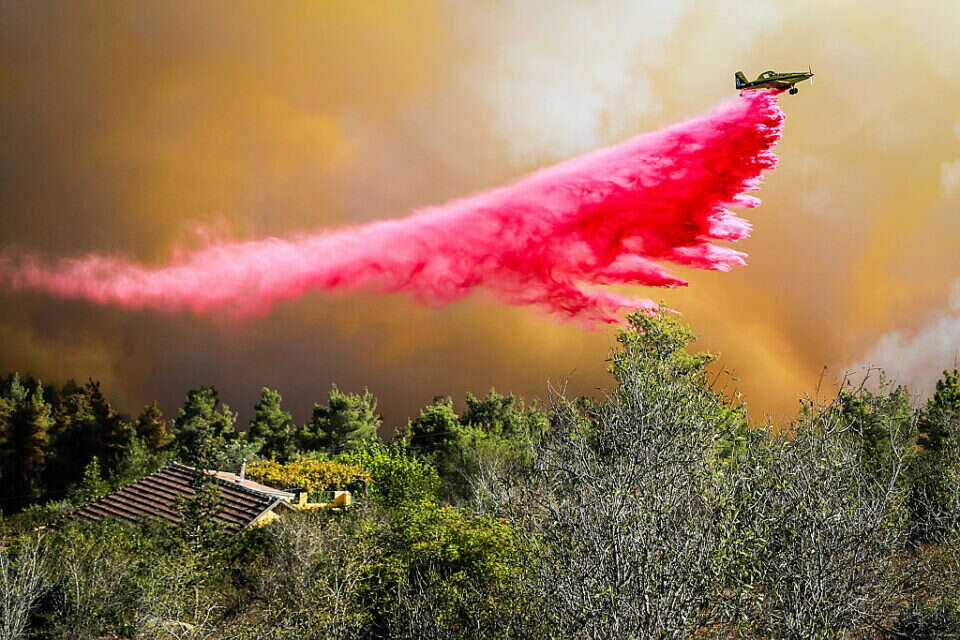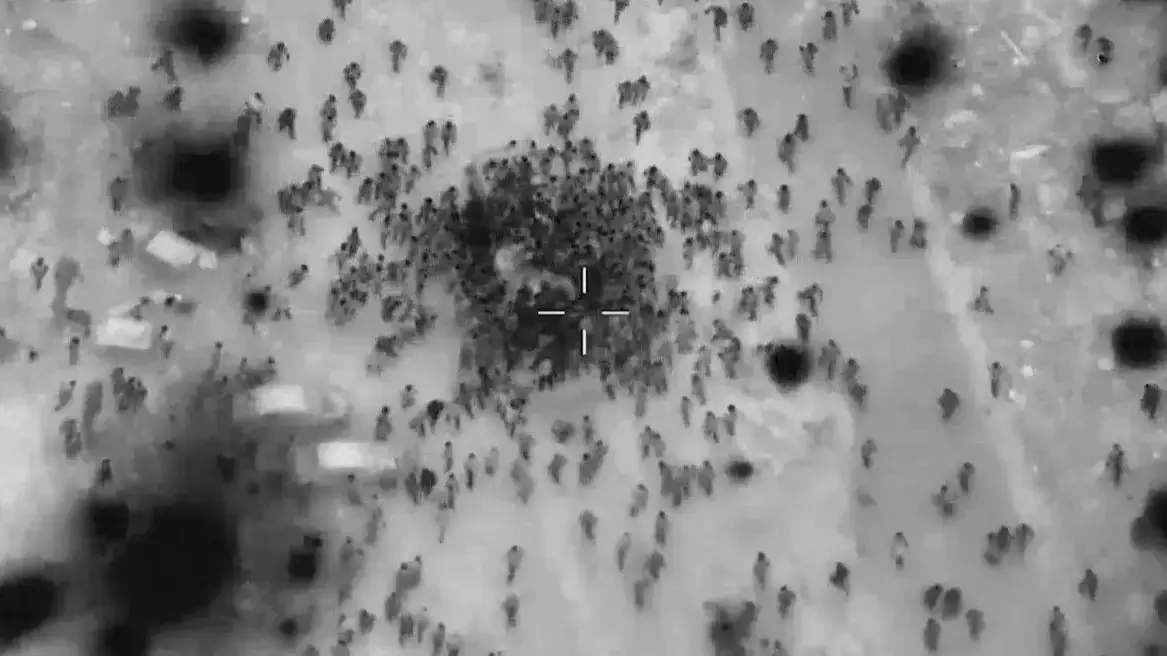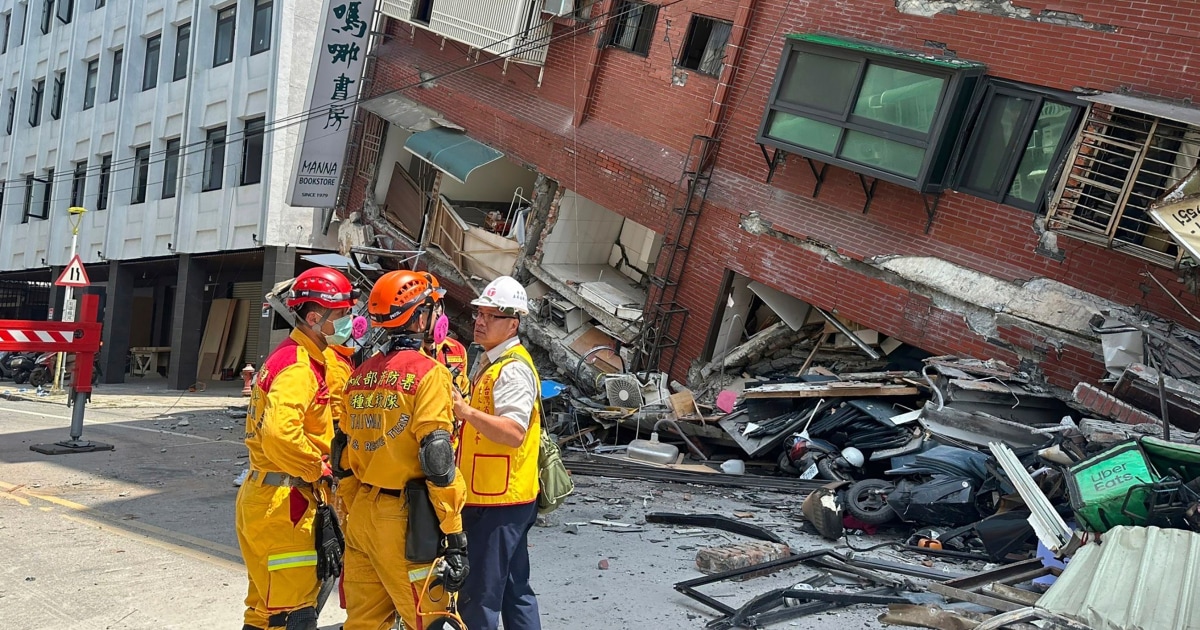The Mediterranean ecosystem is prone to forest and forest fires.
Changes in plant cover and a decrease in the extent of grazing, along with severe damage to herbivorous species populations such as the Eretz Israel deer, an increase in human activity and the progress of the climate crisis have led to a significant increase in the number of fires in our area.
Continued rapid warming in Israel (1.4 degrees Celsius on average from 1950 and expected further warming of about 1.2 degrees by 2050), an increase in the frequency of extreme climatic phenomena such as droughts and exacerbation of heat waves, along with changes in precipitation and quantity (expected reduction of 20-15 percent up to End of the century) - are expected to intensify the danger of fires in the near future.
Sweepingly the main cause of fires in Israel is man, whether indirectly or directly due to negligence or arson.
Every year, about 1,000 fires occur in Israel, most of them in close proximity to populated areas.
The huge fires that took place in Carmel in 2010 and the wave of fires in 2016, erupted at a time when exceptional weather conditions prevailed that combined very low humidity with strong easterly winds that were blown continuously for several days.
These conditions intensified the fires and aided in their rapid spread.
The current fire in the Jerusalem mountains erupted after the hottest month in July in the world since the beginning of the measurements, during which huge fires broke out in Turkey, Greece, Algeria and other countries.
In Israel, we suffered a prolonged heat wave in late July and early August.
Although during the current fire no special climatic conditions prevailed as in previous huge fires, it must be assumed that the plant's sensitivity to fires increased in the warmer weeks preceding it.
In the light of a recently published report by the IPCC (United Nations Intergovernmental Panel on Climate Change), we must internalize that what was is not what will be.
In the post-fire restoration process, the super-flammable pine trees, previously planted on a large scale, must be replaced with a natural forest that includes less flammable oaks and willows.
An expert committee report published in 2018 recommended developing a multi-year maintenance strategy that would reduce the risk of fires and combine interfaces of mechanical pruning and controlled grazing in the contact areas between the localities and the forested area.
In the open wooded areas we must prepare for what is to come by technical and technological means, which include the creation of buffer zones diluted by vegetation and their regular maintenance;
Encouraging goat herding;
Expanding the firefighting squadron and increasing the carrying capacity of its aircraft;
Use of technologies to predict real-time fire incidents and perform a variety of preparedness actions, such as declaring alert, reinforcing forces, wetting high-risk areas, alerting residents and placing surveillance devices and gliders to detect human activity that could lead to fire and primary fire.
The huge fires are here to stay, and if we do not prepare well for the future to come - we will have a hard time saving the forests in Israel.
Dr. Adi Levy is the Head of the Division for Environment and Sustainability at Achva Academic College
and the Scientific Director of the Israeli Association of Ecology and Environmental Sciences.









